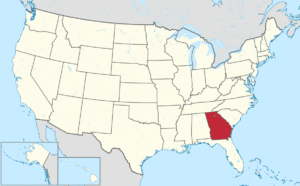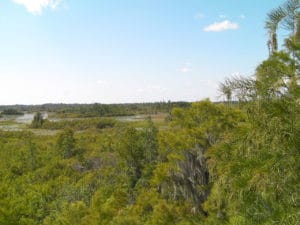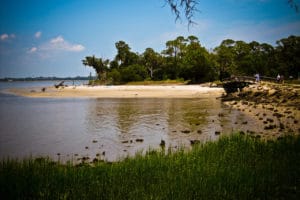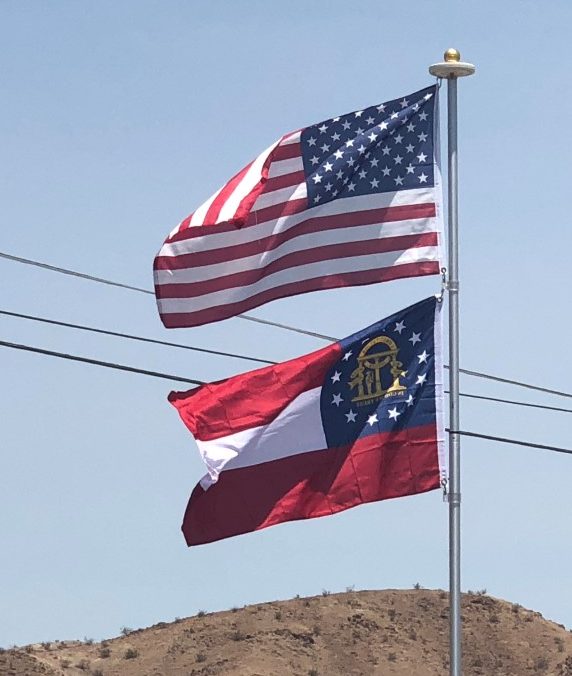Introduction:
Georgia is located in the southeastern United States.

Georgia has its origins as a British colony, the last of the original 13 colonies to be established in North America. Georgia is named after King George the Second of Great Britain. Originally, Georgia included territory to the west in current day Alabama and Mississippi, extending all the way to then French territory on the Mississippi River. Georgia became the fourth state to ratify the constitution of the newly formed United States of America on January 2, 1788, less than one month after the first state to do so, Delaware. The inclusion of Georgia would define the southern boundaries of the newly formed country until such time as Florida was no longer held by Spain. Despite being quick to join the United States, Georgia was also one of the seven original Confederate States of America, seceding on January 19, 1861 and being the last state to be readmitted to the Union on July 15, 1870. While only the 24th largest state in the United States, it is the largest state, by land area alone, east of the Mississippi River.
Georgia’s borders include Florida to the south,

the Atlantic Ocean and South Carolina to the east,

Alabama to the west, and Tennessee and North Carolina to the north. The Appalachian Mountains system terminates in northern Georgia.

History:
Prior to European settlement, Georgia was home to mound building Native American cultures about which little is known, although remnants of the mounds are still visible today.

James Oglethorpe founded the British colony of Georgia on February 12, 1733. At this time, and until the discovery of gold in the interior, the colony of Georgia, although nominally extending to the Mississippi River to the west, scarcely existed beyond the coastal regions, especially around the city of Savannah.
Gold was discovered in the mountains of northern Georgia in 1829.

Predictably this led to the Georgia Gold Rush culminating in the establishment of a federal mint in the mountain town of Dahlonega. This mint continued to operate until 1861 at the outbreak of the Civil War. The Georgia Gold Rush brought an influx of white settlers into territory that was previously almost exclusively Cherokee. The white settlers put pressure on the government to take Cherokee lands, by force if necessary. In response to this pressure, President Andrew Jackson signed the Indian Removal Act into law in 1830. This resulted in the forced movement of many eastern Native Americans to reservations in present day Oklahoma, a territory and climate very different from the one left behind. Even though the Supreme Court ruled in 1832 that states we not permitted to redraw Indian territorial boundaries, President Jackson and the state of Georgia ignored the ruling and persisted in the relocation effort. President Jackson’s successor, Martin Van Buren, went further and ordered federal troops to gather the remaining Cherokee peoples and forcibly deport them west of the Mississippi River. This forced displacement, which resulted in the death of over 4,000 Cherokee people is today known as the Trail of Tears.
